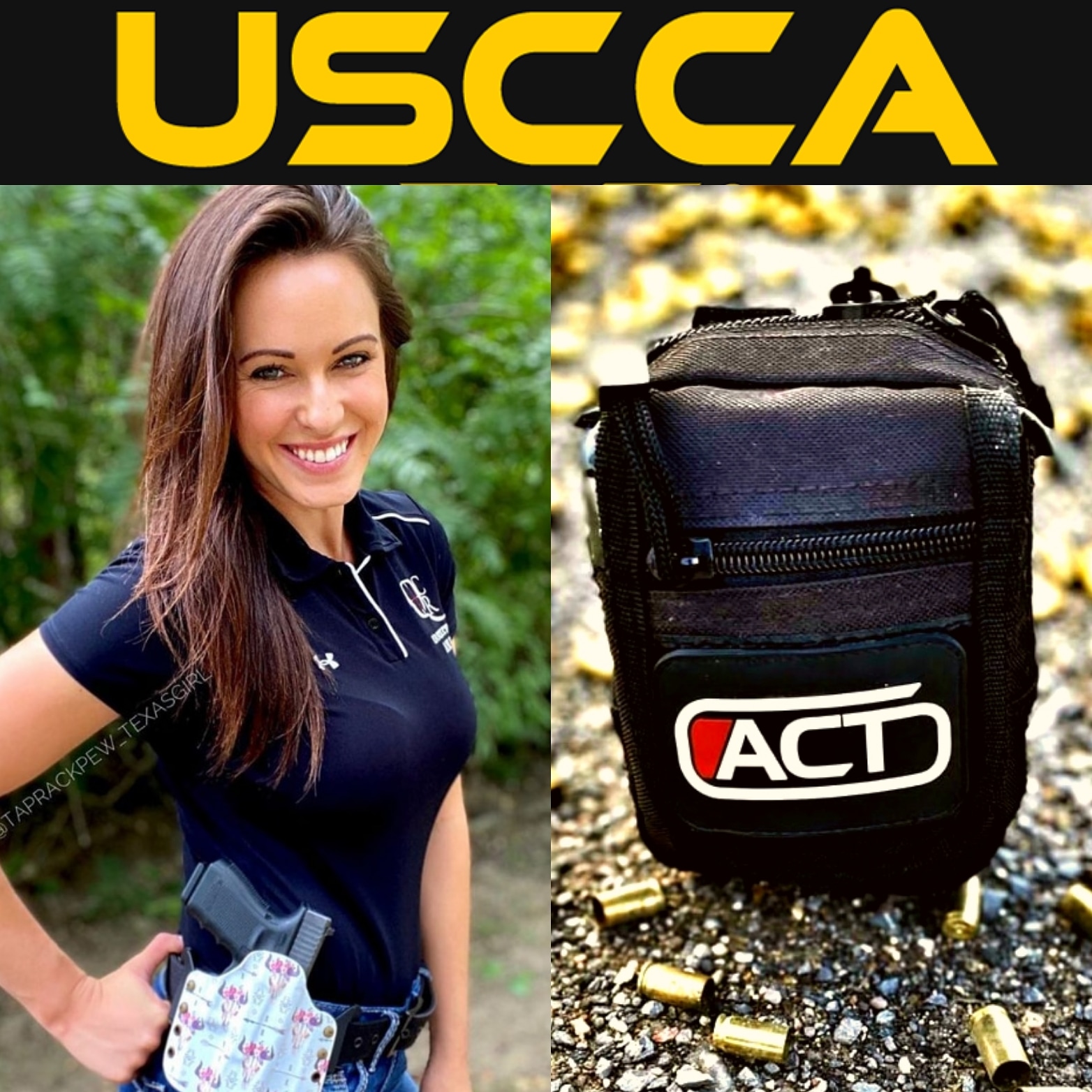FIREARMS TRAINING AS EXPERIENTIAL LEARNING Beth Alcazar - 09/15/2020

I left the traditional classroom for the shooting range nearly a decade ago, and I haven’t looked back since. OK, I have looked back — a little. But not out of regret or remorse. I’ve looked back out of appreciation and with the idea that much of what I learned and used in the field of academia can be transposed into the world of firearms training. And one of the techniques that seems to be extraordinarily useful and applicable is that of experiential learning.
What Experiential Learning Means
Experiential learning is a philosophy that focuses on the process of learning through experience. It is both an active and a reflective process. But it’s not simply something hands-on. It’s something that involves the highest amount of participant interaction, commitment and engagement. And all in all, the design of experiential learning includes the possibility for a participant to learn from both mistakes and successes in order to increase knowledge, develop skills, clarify values, make decisions and be held accountable for the results.
If you’ll allow me to dig even a little deeper into the pedagogy, let me share a little from educational theorist David Kolb, who is known for his work on experiential education. In his “Experiential Learning Cycle,” Kolb shares that true experiential learning must include the integration of:
- Knowledge: the concepts, facts and information acquired through formal learning and past experience;
- Activity: the application of knowledge to a real-world setting; and
- Reflection: the analysis and synthesis of knowledge and activity to create new knowledge.
Why Experiential Learning Matters
I share all this because I believe that this focus on experiential learning — on the knowledge, the activity and the reflection — is paramount for the teaching of firearms. Why? Teaching someone about how to use a gun safely and properly is not just about the physical — the stance, the grip, the aim and the trigger press. It’s not just about “aim gun; press trigger.” Teaching is also about the mental, emotional, moral and even spiritual aspects. It’s about conflict avoidance and situational awareness. It’s about understanding what the law says about the “reasonable person” and how to conduct yourself as one. Firearms knowledge is a mindset — a conscious, everyday decision — that, ultimately, helps create responsible gun owners.
While firearms training most certainly revolves around knowledge and understanding of firearms basics and shooting fundamentals (as well as on the physical activity of putting those concepts and skills into practice), a key to responsible gun ownership and usage lies with personal reflection … including how to determine if and when lethal force is necessary and how this information fits into someone’s everyday life.
Firearms training is a prime example of experiential learning. While it most certainly is an active process that requires frequent and realistic training, it is also a reflective process in which every participant must truly come to terms with the what, how, when and why of protecting life with a gun.
About Beth Alcazar
Beth Alcazar, author of Women’s Handgun & Self-Defense Fundamentals and associate editor of Concealed Carry Magazine, has enjoyed nearly two decades of working and teaching in the firearms industry. Beth is passionate about safe and responsible firearms use and enthusiastic about teaching others. She is certified as an instructor through SIG Sauer Academy, ALICE Institute, DRAW School, TWAW and I.C.E. Training and is a USCCA Certified Instructor and Senior Training

